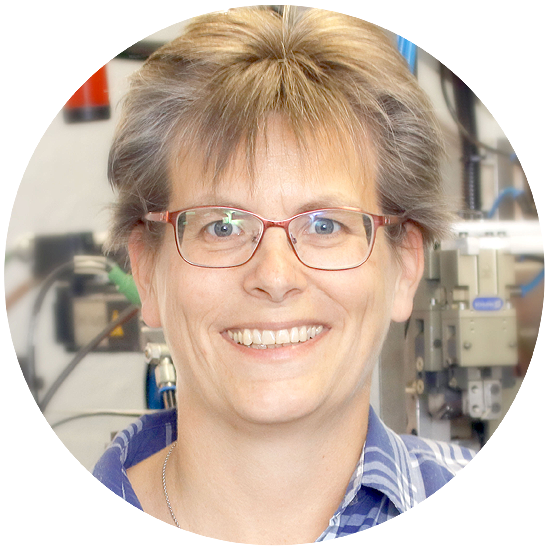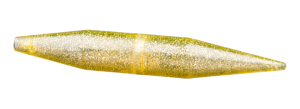Do you need a quotation or advice about our processes and services?
Our technical project manager Caroline Deutschmann, is happy to answer any of your questions.
Contact her directly at +49 (0)2352 9781 0.

ULTRASONIC WELDING
JOINING PROCESS OF ULTRASONIC WELDING
Seltertech has many years of experience in using ultrasonic welding, particularly with plastic material (PS). That is why we are a competent partner in the field of ultrasonic welding.
Within this process, a sonotrode and an anvil must be prepared for each material. Please contact us about your project or order – we will advise you in detail.
As a long-standing user of ultrasonic technologies, seltertech develops and manufactures ultrasonic welding devices that are applicable in various industries.
While mainly interior or exterior parts are welded within the automotive industry, ultrasonics are used in other areas such as packaging products in the packaging industry. Textiles can be made from thermoplastic fabrics using ultrasound technology, where the materials are blended seamlessly together. Plastic manufacturing industries such as household appliances, electronics and electrical engineering or medical technology also take advantage of ultrasonic welding.
ESSENTIALS OF ULTRASONIC WELDING
PROCEDURE
Ultrasonic welding involves one or more thermoplastic materials being joined together at their joints by internal friction.
It can be found wherever thermoplastics are used and where there is a high demand for joining techniques. When compared with other welding methods, ultrasonic welding is particularly suitable when fast processing times are required at high safety levels; or if no further additives or solvents should be used. Furthermore, ultrasonic welding is distinguished by the quality, durability and precise reproducibility of the welds.
The ultrasonic welding process itself is very special. The results depend on various parameters such as a high frequency mechanical vibrations which cause molecular and boundary friction to occur within the joint zone. This produces the required heat for welding and causes the material to plasticize. After ultrasonic exposure, a homogeneous solidification is ultimately achieved through brief cooling sessions while maintaining fusion pressure in the joint zone. Additionally, the geometry of the sonotrode and anvils as well as the design of the joint zone influences the results.
TECHNICAL PARAMETER
- Predominant frequency of 20kHz
- Welding time 0.1 – 3 seconds
- Amplitude 10-55 microns
ADVANTAGES
- Welding of different thermoplastic materials according to their polymer compatibility such as PP, PVC, PE, PET, ABS, composite materials, fabrics, non-wovens or films
- Very fast processing times
- Very good process control and security through monitoring of the welding parameters
- Selective power supply through digital control of the welding process
- Consistent welding quality with optically perfect, stable and reproducible welds
- Low energy consumption during welding
- Does not require solvents and consumables for welding
- Single-variety recycling of welded workpieces
- Cold welding tools
- No warm-up times require for machines
- No damage to the workpieces when stopping the machine
- No damage or wrinkles on the welded material
- No heating of products for packaging as required in the packaging industry
- Fast and easy changing of welding tools
- Air-tight and liquid proof welds
- Impermeable welding areas that are wetted with grease, oil or natural fibres
- Ideal for sealing packages, etc.
GUSTAV SELTER GmbH & Co. KG
Hauptstraße 2 – 6
58762 Altena
Germany
© COPYRIGHT 2016-2023 GUSTAV SELTER GMBH & CO. KG


